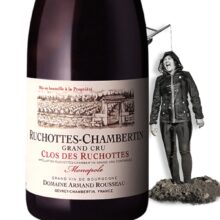
Product information
Domaine Armand Rousseau Ruchottes-Chambertin Grand Cru ‘Clos des Ruchottes’ Monopole 2022
Pinot Noir from Gevrey-Chambertin, France, Côte-de-Nuits, Burgundy
$1,870
Description
The 2022 Ruchottes-Chambertin Clos des Ruchottes Grand Cru is one of my favorite aromatics from Rousseau, one you instantly fall in love with – real frisson, red berry fruit laced with shucked oyster shell. The palate is very well-balanced, framed by filigree tannins. There is real tension from start to finish, as you expect from this vineyard, finishing with immense precision. Fabulous wine.
Neal Martin, Vinous 96-98 Points Tasted Nov 2023 Drink 2028-2065
An exuberantly spicy nose reflects notes of distinctly cool red currant, dark cherry, wet stone and a hint of violet. The super-sleek and almost pungently mineral-driven middle weight flavors conclude in a markedly austere, compact and beautifully long finale. This is pretty much classic Ruchottes and while it’s not especially dense, the sheer class and grace is undeniable.
Allen Meadows, Burghound 93-95 Points Tasted Jan 2025 Drink: Try from 2038+
Always the most ethereal wine in the cellar, Rousseau’s 2022 Ruchottes-Chambertin Grand Cru Clos des Ruchottes wafts from the glass with aromas of red berries, peonies, orange zest, sweet spices and cocoa. Medium to full-bodied, satiny and vibrant, with lively acids and a pretty core of pure fruit, it could hardly be more different from the Mazy-Chambertin, even though the two parcels aren’t very far apart.
William Kelley, The Wine Advocate 93-95 Points Tasted Jan 2024
Provenance: Purchased on Release ~ Official Australian Importer ~ Climate Controlled Cellar.
In stock
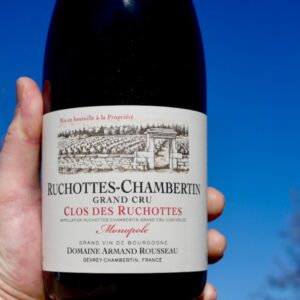
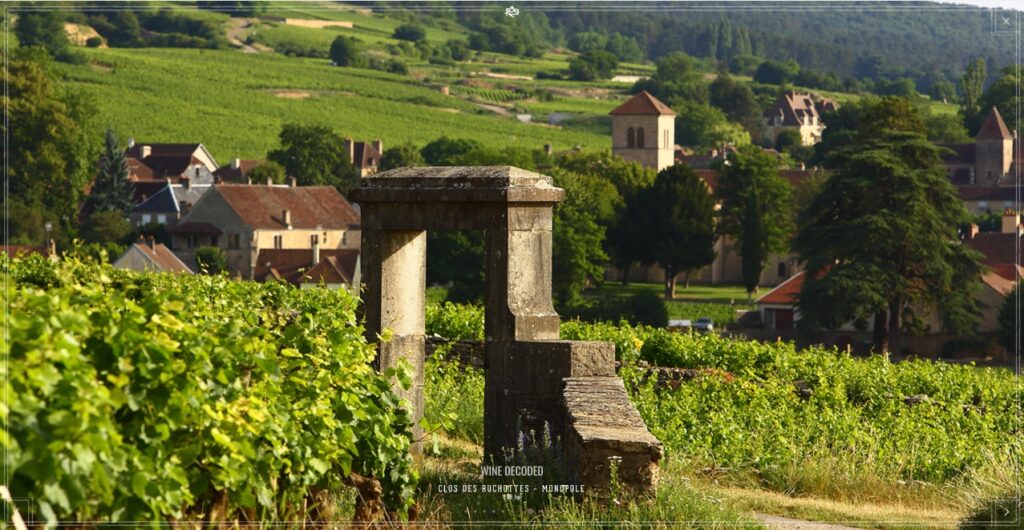








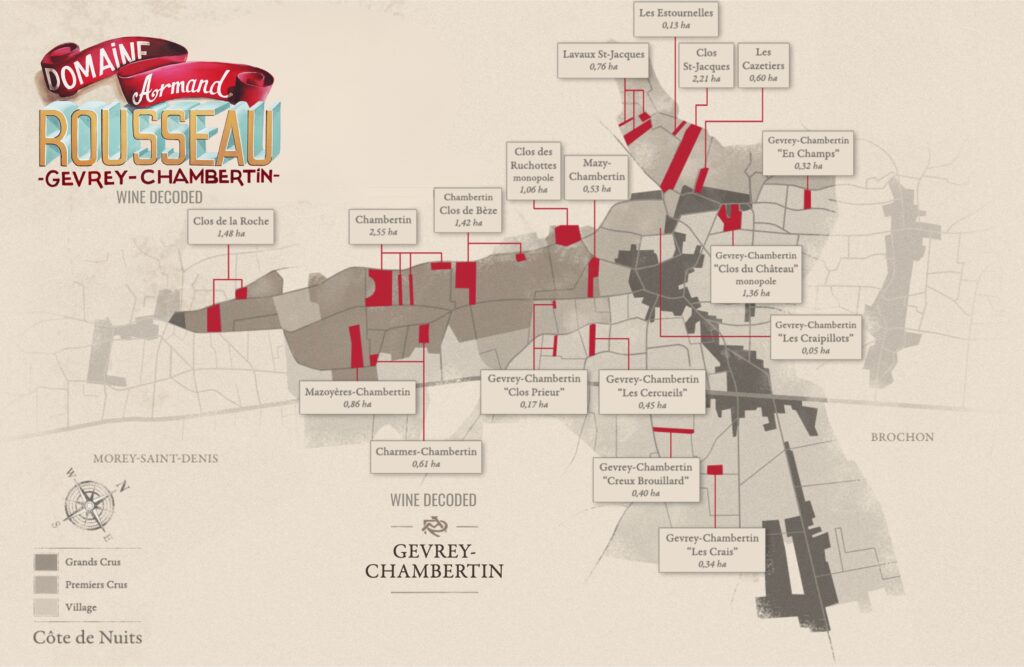
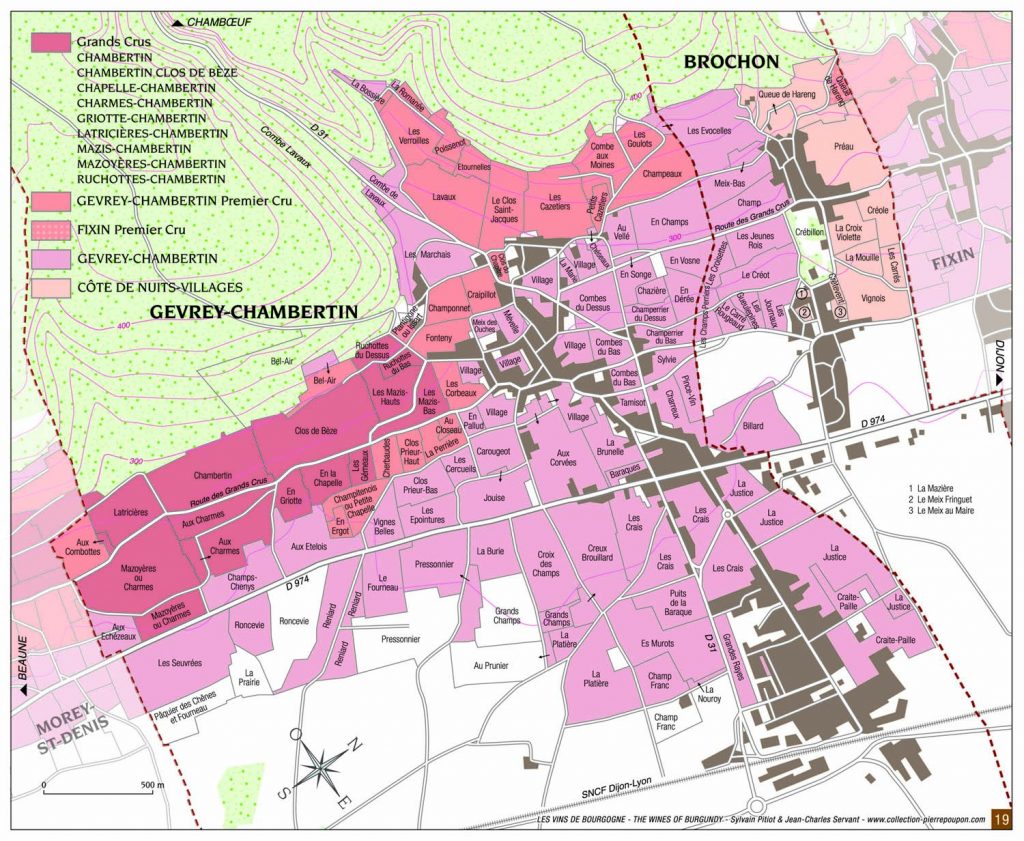
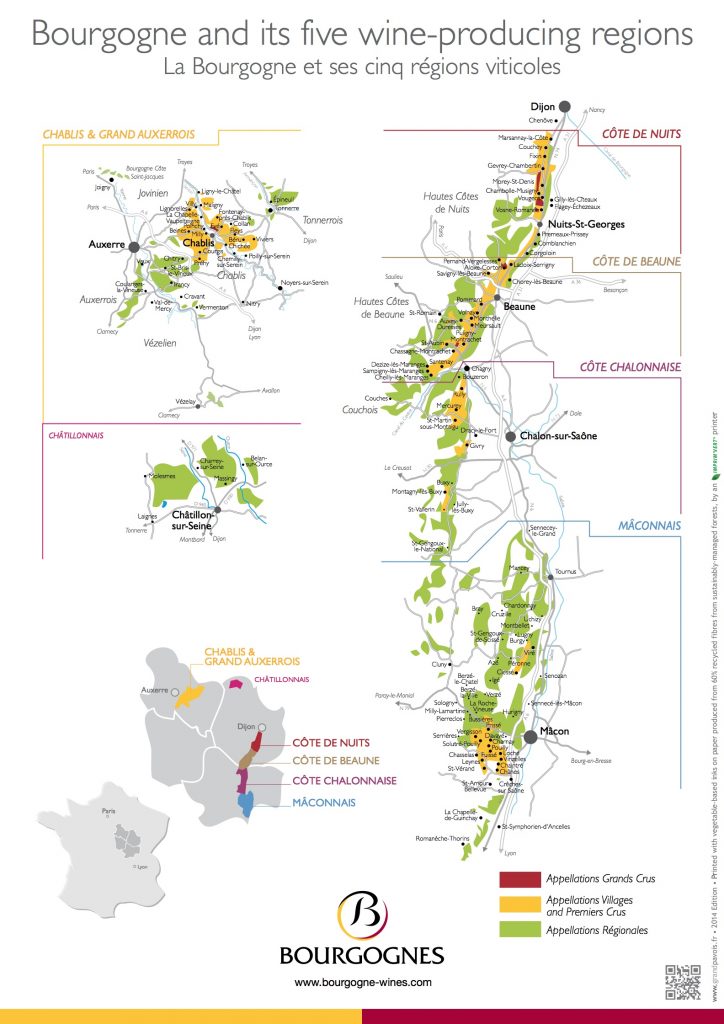
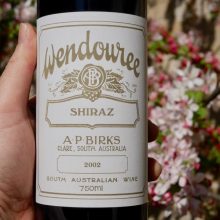
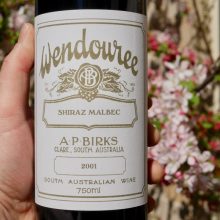
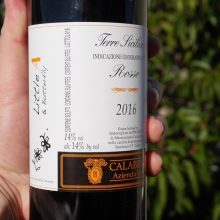
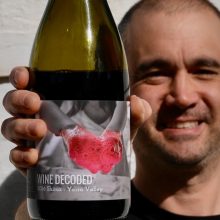
You must be logged in to post a comment.